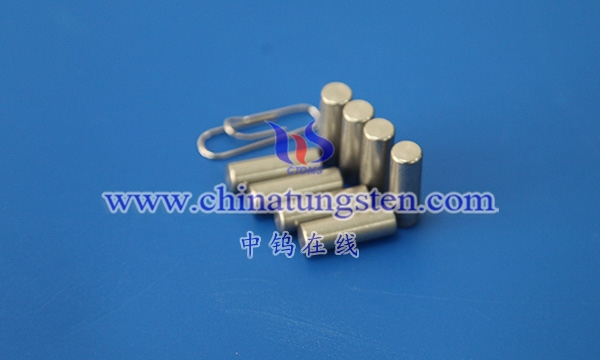Barium tungsten cathodes have a wide range of applications in optoelectronic devices. Optoelectronic devices use the interaction of photons and electrons to convert optical signals into electronic signals or vice versa. As an excellent source of electron emission, barium-tungsten cathode plays a key role in many optoelectronic devices. Here are some examples of optoelectronic devices where barium tungsten cathodes may be applied:
Photomultiplier Tube (PMT): A photomultiplier tube is a device that converts weak light signals into electronic signals. Barium-tungsten cathodes can be used as photoemission sources in PMTs to convert photons entering the device into electrons, thereby achieving signal amplification.
Photodetectors: Photodetectors are used to detect and measure the intensity and characteristics of light signals. A barium tungsten cathode can be used as an electron emission source to convert incident photons into electrons, thereby generating a current signal.
Photoelectron Spectroscopy: Photoelectron spectroscopy is used to study the electronic energy level distribution of materials. The barium tungsten cathode can provide an electron source to excite photoelectrons in the sample to analyze the surface composition and structure of the sample.
Photoelectric Amplifier: The photoelectric amplifier can amplify the optical signal and increase the strength of the signal. A barium tungsten cathode can be used to generate an electron source to achieve electronic amplification of optical signals.
Photoelectron Microscopy: Photoelectron microscopy uses a beam of electrons to interact with a sample, producing reflected or transmitted electron images. A barium tungsten cathode can be used as an electron emission source to generate an electron beam for imaging.

More details of barium tungsten electrode, please visit website: http://tungsten.com.cn/barium-tungsten-electrode.html
Please contact CHINATUNGSTEN for inquiry and order of barium tungsten electrodes:
Email: sales@chinatungsten.com
Tel.: +86 592 5129595






